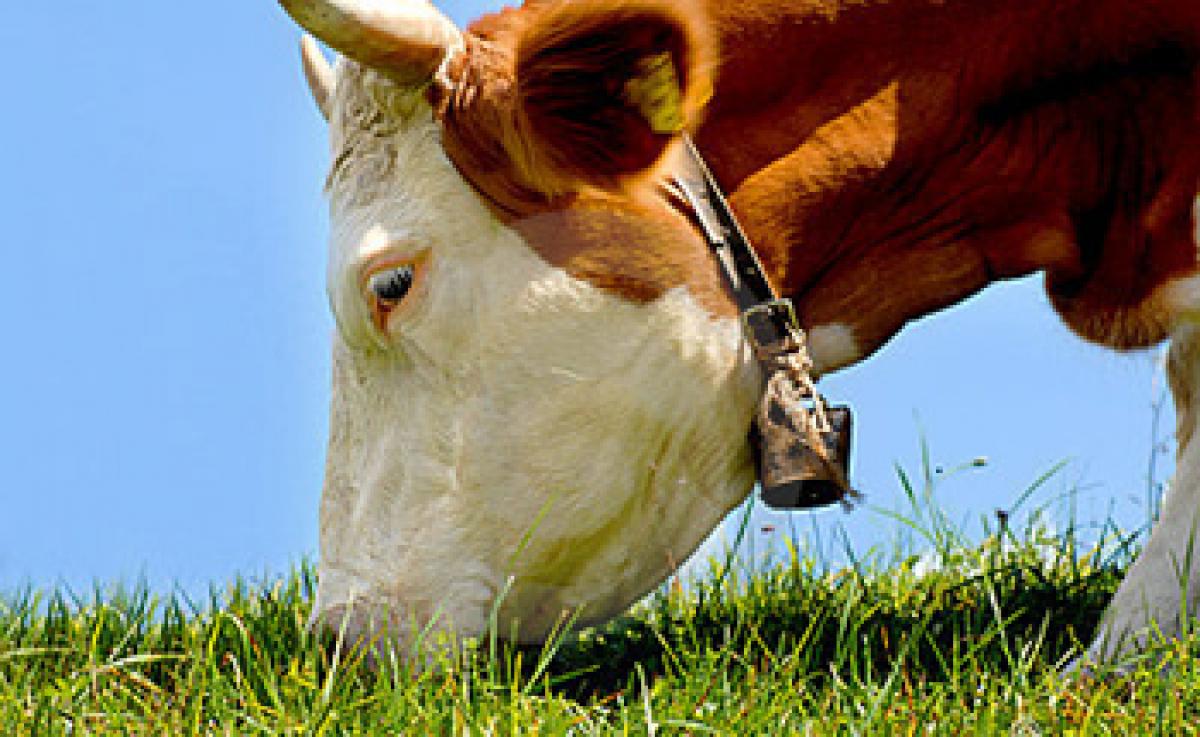Live
- HYDRA-Relocated Residents Struggling with Severe Maintenance Issues at New Dignity Housing Colony
- BGT 2024-25: Jasprit Bumrah is one of the best in the world, says Pat Cummins
- BIS to develop standards for 214 critical medical devices by 2025 end
- HM Amit Shah pens story of co-operatives revival, gets thumbs up from PM Modi
- Next BJP govt will give pension to all 10 lakh elderly in Delhi: Virendra Sachdeva
- Wipro appoints Omkar Nisal as CEO, Europe Strategic Market Unit
- UN chief warns of ongoing landmine threat as some parties renew use of anti-personnel mines
- Maruti Suzuki India’s cumulative exports of cars touch 3 million units
- Allu Arjun, Sreeleelaset the floor on firewith ‘Kissik’
- Tawi Riverfront project will expand Jammu division's tourism: J&K L-G
Just In
Is behaviour and anatomy are gift of past? – A HR message from cud chewing animals


Is there anything called ‘burden of past’? Do people in corporate ever suffer from the above disease/disorder? Is the concept/theory/philosophy of ‘burden of past’ is science or just a notion.
Is there anything called ‘burden of past’? Do people in corporate ever suffer from the above disease/disorder? Is the concept/theory/philosophy of ‘burden of past’ is science or just a notion. If some scientific experiments are viewed through the kaleidoscope of management, certainly we can accept the concept of ‘burden of past’ to be true and scientific.
Look at the cattle on farmland or in the jungle. They are referred as cud-chewing animals or ruminating animals (ruminants). It means, they quickly cut and swallow the grass and other plants as soon as possible. Later they go to a safe place and regurgitate the food, chew them and then swallow. The primary act is more of storing the food and cud chewing is only considered as eating the food.
The evolutionary reason for the cud chewing adaptation is to avoid predation. The cattle being the most preferred prey animal of a large number of predators like a tiger, lion, cheetah, panther, hyena, wild dogs etc., they have really less time to invest on ‘leisure eating’. Hence, they have to swallow the food as quickly as possible only then they can eat enough food.
If we look at the history of cattle domestication by man, the man-cattle association may date back to several hundreds of years. It means they have been living with the man for several centuries. Naturally when they live with a man, man feeds them and also they live in predator-free environment. There are farm cattle live exclusively inside the cattle shed for their lifetime and are fed regularly. But still those cattle also swallow the food first and later cud chew. When danger is not there and the food is also fed to them regularly, why they cannot avoid cud chewing and eat the food leisurely? It is pure because of the anatomy of their stomach. The food first enters rumen. From rumen, the food comes back to mouth and the cud chewed food enter to omasum and then to abomasum. The passage of food is set during the course of evolution.
Because of the above adaptation, even when the cattle are reared in the predator-free environment and feed regularly, they cannot eat the food leisurely in the first instance. The burden of past has set so well in their life & anatomy and hence they follow cud chewing mode of eating.
What we may see as behaviour in cattle- the cud chewing has a strong anatomical predisposition. The burden of past seen in cattle is not limited to the behaviour but it is engraved so deeply in the anatomy of cattle.
So the management message is that the ‘burden of past’ is science as well. Many corporate people carry a huge bundle of ‘burden of past’. Management trainers and some HR function may try to change the people. In most instances they fail miserably. Understand the truth first. Whether they carry such ‘burden of past’ just at the display level or it goes beyond. i.e., like how the anatomy of the stomach of cattle only necessitates cattle to ruminate the food they eat.
Understand the behaviour of people in corporate very well and understand the genesis of such behavioural uniqueness and how deeply it is coded. Understand the bundle of ‘burden of past’ and its existence as well and only then mentoring people even with such limitations or uniqueness is possible.
Dr S Ranganathan

© 2024 Hyderabad Media House Limited/The Hans India. All rights reserved. Powered by hocalwire.com






